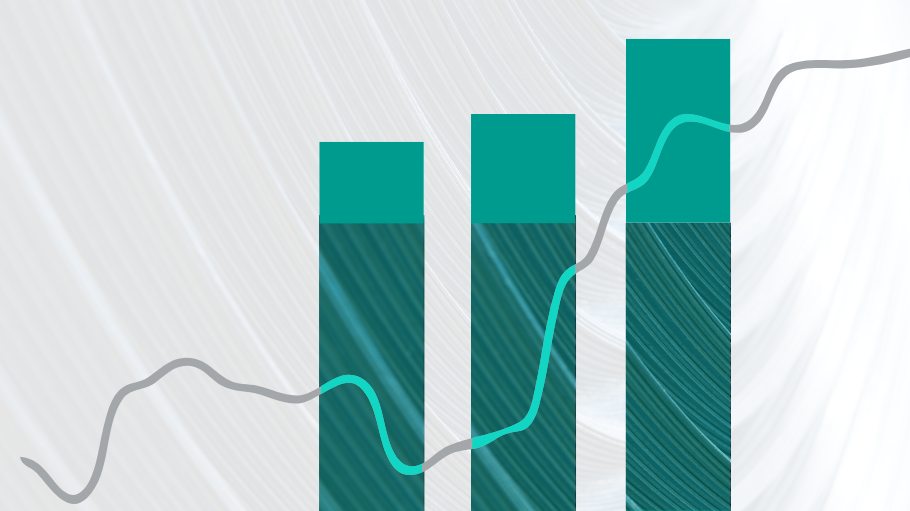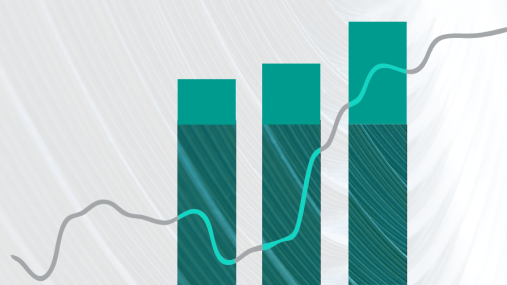
Press releases » Steel market outlook deteriorates further in aftermath of worse-than-expected recession
Steel market outlook deteriorates further in aftermath of worse-than-expected recession
Downloads and links
Recent updates

The outlook for the European steel market in 2024 continues to lose momentum amidst persisting challenging conditions. Downside factors such as worsening geopolitical tensions, coupled with growing economic uncertainty, energy prices, inflation, interest rates have further impacted demand prospects. According to EUROFER’s latest Economic and Steel Market Outlook, these challenges have exacerbated the negative effects on apparent steel consumption, resulting in a more severe downturn in 2023 than previously projected (-9%, instead of -6.3%) and weaker growth in 2024 (+3.2%, instead of +5.6%). Output in steel-using sectors, despite showing more resilience than expected in the past year (+1.1%), is now set to decline (-1%). Imports are once again on the rise (+11% in the last quarter of 2023), capturing a staggering 27% market share throughout 2023.
“These figures underscore the urgent need for action if we want to ensure a resilient future for the European steel industry and the interconnected clean tech manufacturing value chains, from wind to electric vehicles. From our Stronger with European Steel Manifesto 2024-2029 to the Antwerp Declaration, the message is clear: we need a robust business case in Europe for a successful transition, with a set of enabling conditions under the umbrella of an effective EU industrial policy ranging from competitive clean energy, robust trade measures ensuring an international level playing field, to funding support and lead markets for green products”, said Axel Eggert, Director General of the European Steel Association (EUROFER), following the publication of the Economic Report Q2 2024.
In the fourth quarter of 2023, apparent steel consumption – despite a statistical increase (+2.8%) due to the comparison with the very low levels of one year earlier – stood at 29.9 million tonnes. This marks the fourth-lowest volume recorded since the pandemic. Moderate quarterly improvements are expected to continue throughout 2024, yet resulting in volumes still below pre-pandemic levels. The overall evolution of steel demand remains subject to very high uncertainty. Following 2023’s more pronounced contraction (-9%), apparent steel consumption is projected to recover at a lower rate than previously estimated (+3.2%) in 2024.
Similarly, domestic deliveries grew (+1.3%) in the last quarter of the year, but they overall fell (-7.9%) in 2023. Imports also increased again (+11%) in the fourth quarter, while their share out of apparent consumption has remained considerably high (27%) throughout 2023.
In the same period, steel-using sectors’ output showed stronger-than-expected resilience (+1.1% in 2023, revised from +0.7%), whilst continuing to slow down (+0.2%) in the fourth quarter. This resulted from a continued downturn in the construction, mechanical engineering, domestic appliances and metalware sectors, only partly compensated by ongoing growth in automotive.
Steel-using sectors’ output is projected to experience a recession in 2024 (-1%), notably due to the persisting recessionary trend in the construction sector (which accounts for 35% of steel consumption in the EU), ongoing geopolitical tensions, and the lagged impact of high interest rates on the manufacturing sector. Growth is expected to moderately pick up (+2%) only in 2025.
Contact
Lucia Sali, Spokesperson and Head of Communications, +32 2 738 79 35, (l.sali@eurofer.eu)
About the European Steel Association (EUROFER)
EUROFER AISBL is located in Brussels and was founded in 1976. It represents the entirety of steel production in the European Union. EUROFER members are steel companies and national steel federations throughout the EU. The major steel companies and national steel federation of Turkey and the United Kingdom are associate members.
The European Steel Association is recorded in the EU transparency register: 93038071152-83.
About the European steel industry
The European steel industry is a world leader in innovation and environmental sustainability. It has a turnover of around €130 billion and directly employs around 306,000 highly-skilled people, producing on average 150 million tonnes of steel per year. More than 500 steel production sites across 22 EU Member States provide direct and indirect employment to millions more European citizens. Closely integrated with Europe’s manufacturing and construction industries, steel is the backbone for development, growth and employment in Europe.
Steel is the most versatile industrial material in the world. The thousands of different grades and types of steel developed by the industry make the modern world possible. Steel is 100% recyclable and therefore is a fundamental part of the circular economy. As a basic engineering material, steel is also an essential factor in the development and deployment of innovative, CO2-mitigating technologies, improving resource efficiency and fostering sustainable development in Europe.

Download files or visit links related to this content
Developed with the support of the Offshore Wind Foundation Alliance and European Wind Tower Association, the position paper outlines the strategic importance of wind components for Europe’s green transition and calls for targeted measures to strengthen their role within the NZIA.
Brussels, 2 April 2025 - The latest data unveiled by the OECD in its meeting in Paris draw an extremely worrying picture, where global steel excess capacity is expected to grow from an estimated 602 million tonnes in 2024 to 721 million tonnes by 2027 – over five times the EU's steel production. The European steel industry - already severely hit by the spill-over effects of global overcapacity and the U.S. steel import tariffs - reiterates the crucial need for strict and effective EU post-safeguard measures to ensure its survival.
Brussels, 19 March 2025 – The Steel and Metals Action Plan, unveiled today by the European Commission, provides the right diagnosis to the existential challenges facing the European steel industry. Concrete measures need to follow swiftly to reverse the decline of the sector, re-establish a level playing field with global competitors, and incentivise investment and uptake of green steel in the market.